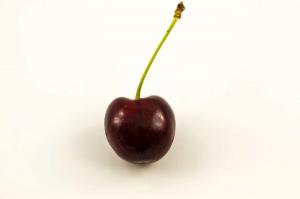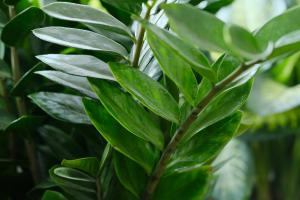Introduction
Indoor plants are a great addition to any household or office, but providing them with enough sunlight can be challenging. This is where LED lights come in as they provide the necessary light for photosynthesis, bringing benefits to your plants’ health and growth. In this article, we will explore whether LED lights are good for indoor plants.
The Advantages of LED Lights for Indoor Plants
The primary benefit of LED lights is that they emit specific wavelengths of light that correspond to the ideal range for plant growth. This means that plants can perform photosynthesis efficiently, which is necessary for their survival. Moreover, LED lights produce low heat, allowing them to be placed close to the plants without causing damage. This is not the case with traditional incandescent bulbs or fluorescent lights.
Another advantage of LED lights is their energy efficiency. They use less energy compared to traditional bulbs, which translates to lower electricity bills. Additionally, since they last longer, you will not need to replace them as frequently as other types of bulbs, saving you money in the long run.
Types of LED Lights for Indoor Plants
There are different types of LED lights available for indoor plants, and choosing the right one depends on the plant’s needs. Full-spectrum LED lights provide a range of colors that simulate natural sunlight, making them ideal for various types of indoor plants. Meanwhile, red and blue light LED bulbs are suitable for specific plant growth processes, such as flowering or vegetative stages.
One thing to note when choosing LED lights is their PAR or photosynthetically active radiation value. This refers to the amount of light energy that is available to plants for photosynthesis. Therefore, the higher the PAR value, the better the LED light is for your indoor plants.
Disadvantages of LED Lights for Indoor Plants
Despite their advantages, LED lights have some drawbacks when used for indoor plants. One of the most significant disadvantages is their initial cost. LED lights are more expensive than traditional bulbs, and purchasing them in bulk can be costly. However, they are more cost-effective in the long run due to their energy efficiency and long lifespan.
Another disadvantage is the potential for light burn. LED lights emit intense light that can damage the plants if placed too close for extended periods. Therefore, it is essential to follow the manufacturer’s guidelines or consult a professional when setting up your LED light system.
Conclusion
Are LED lights good for indoor plants? Yes, they are. Using LED lights as a light source for your indoor plants has numerous advantages, such as energy efficiency, low heat, and specific wavelength emission. Moreover, choosing the right LED light for your plants’ needs can optimize their growth and health. However, it is crucial to weigh their initial cost and potential for light burn before deciding to make the switch to LED lights.

 how many times do yo...
how many times do yo... how many planted tre...
how many planted tre... how many pine trees ...
how many pine trees ... how many pecan trees...
how many pecan trees... how many plants comp...
how many plants comp... how many plants can ...
how many plants can ... how many plants and ...
how many plants and ... how many pepper plan...
how many pepper plan...






























